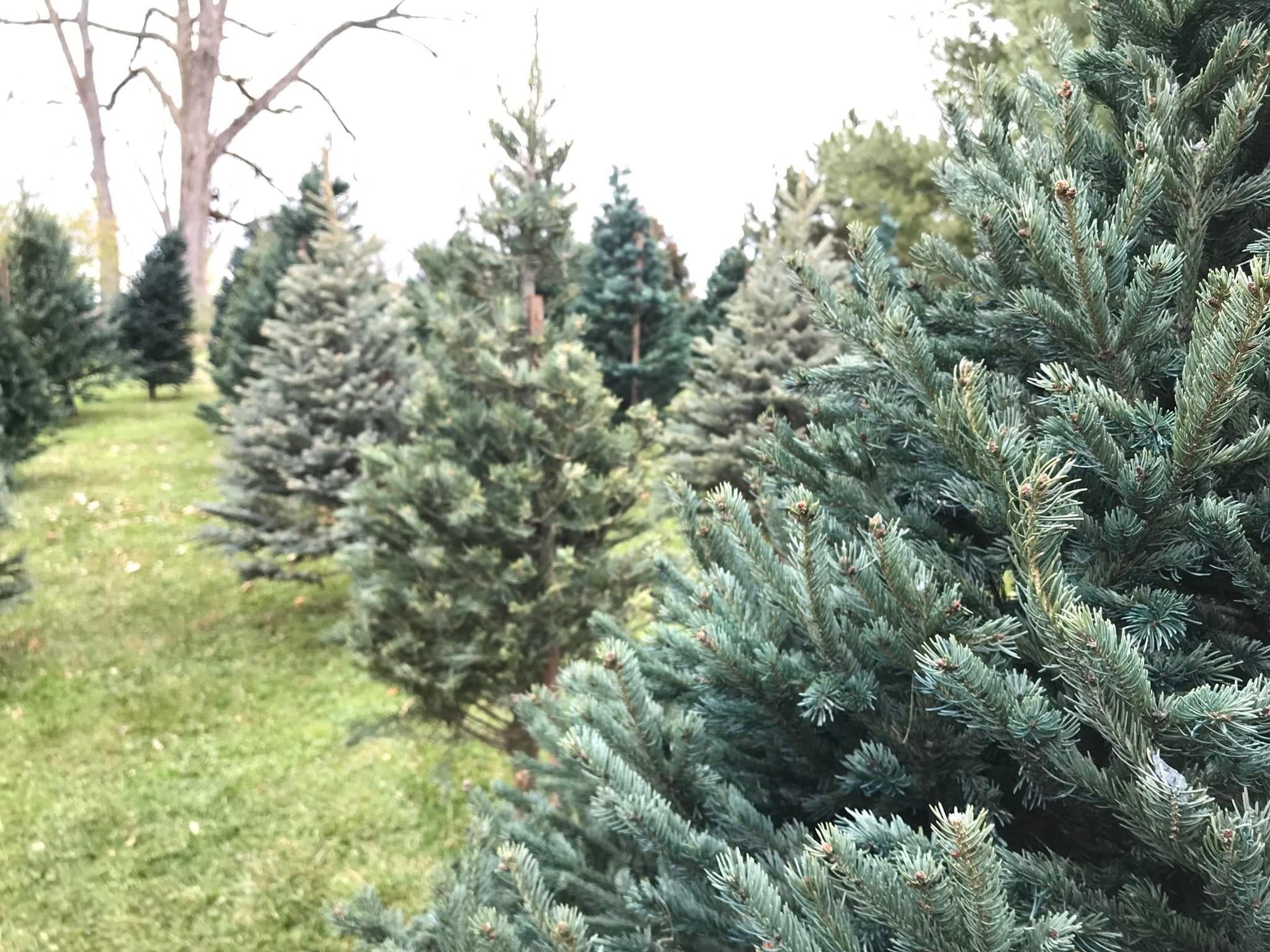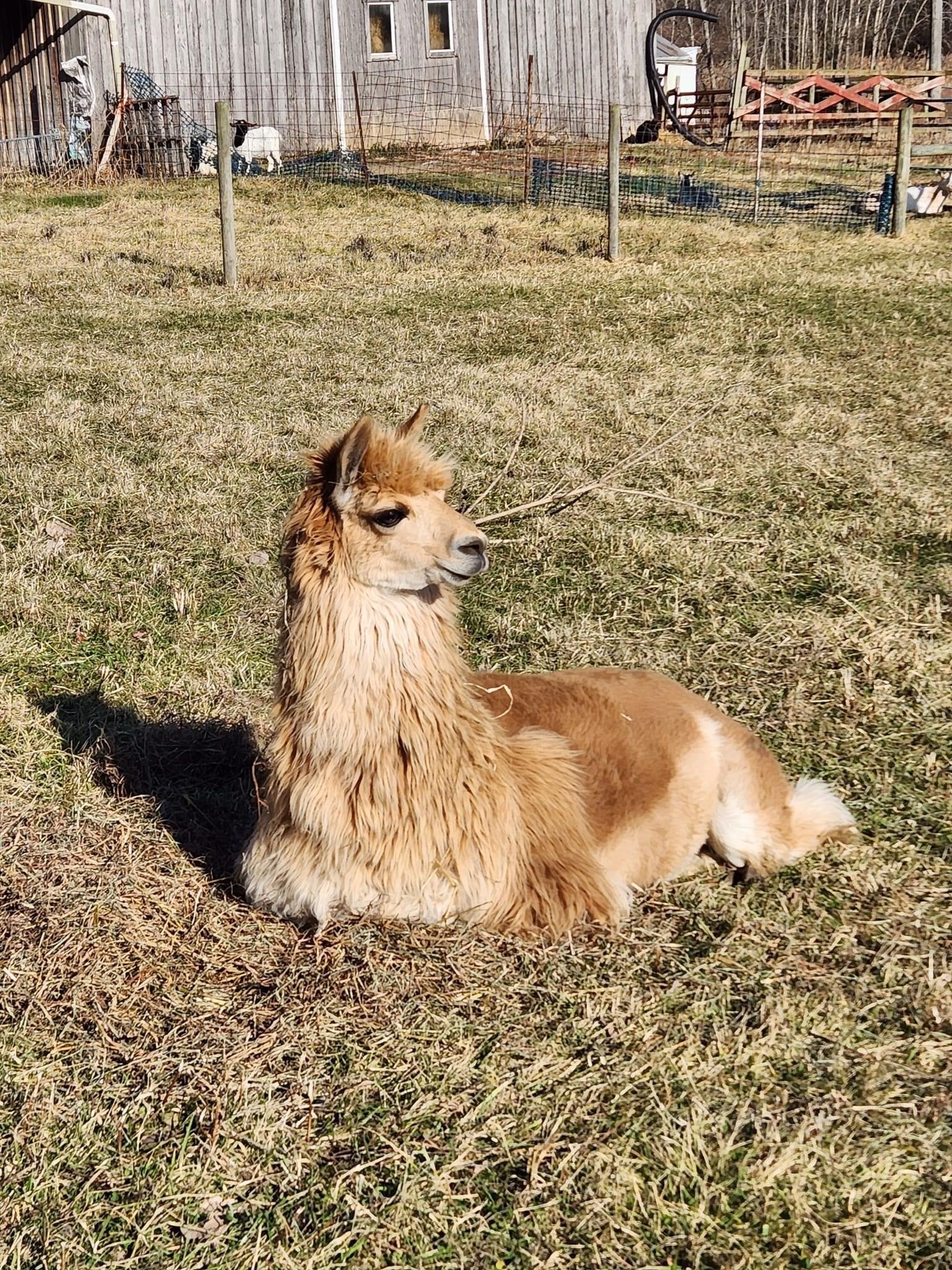Our Trees
Learn all about different types of trees. Our choices vary based on our suppliers’ pre-cut selection.
-
This classic northeastern Christmas tree is a near twin of the Fraser Fir. Its needles are deep green, and the tree has a pyramid shape that culminates in a slender top.
-
Known for its similarities to the Fraser fir and Balsam fir, the Canaan fir is referred to as the hybrid of the two. Canaan fir is a medium-growing evergreen tree that features fantastic needle retention, like the Fraser fir.
Proflowers.com
-
The Concolor fir is a sweet-scented tree that has a tall, narrow, silhouette. Its flat, silvery-blue and bluish-green needles smell faintly of citrus has excellent needle retention.
marthastewart.com
-
The Douglas Fir has firm branches and soft, blue-green or dark-green needles that emit a fragrance when crushed. Downfall is needle retention is not as good as the Fraser.
marthastewart.com
-
The Cadillac of Christmas trees!
A pair of silvery stripes on the underside of each needle distinguishes this aromatic tree from the nearly identical Balsam fir. Nice evergreen scent and needle retention is excellent.
marthastewart.com
Tree Care Tips
These tips for real Christmas tree care are provided by the Indiana Christmas Tree Growers Association.
CARING FOR YOUR TREE
Cut 1/2" or more off the base of the trunk before putting up the tree.
Place the tree in your tree stand and fill it with fresh water.
Don’t let the water level drop below the fresh cut on the base of the tree! If this happens, a new seal will form and the tree will not take up any more water.
Check the water level of your tree daily! Trees are very thirsty.
TREE SAFETY
Check all electric lights and connections before decorating your tree. Don’t use lights with worn or frayed cords. Don’t overload electrical circuits.
Don’t place your tree near a fireplace, heat vent or other heat source. These elements can prematurely dry out your tree.
Turn off all decorations before retiring at night and any time you leave your home.
Our Happy Goat Breeds
-
Angora Goat
Sheared twice a year for their fiber, usually end of March and start of September, the Mohair fibers are mostly keratin which is the same substance found in human fingernails.
-

Boer Goat
Originated in South Africa as a meat goat breed. Boers commonly have white bodies and distinctive red heads with long floppy ears.
-

Fainting Goats
Used in flocks of sheep where there were prey animals such as bear, coyote and wolves. When an animal such as a coyote came rushing into a flock of sheep, the fainting goat fainted and the sheep flock was safe because the coyote took the easy prey.
-

Nigerian Goat
-
Pygmy Goat
These miniature, stocky friendly little fellows, enjoy playing. In the US these goats are typically kept as pets but in Africa they are primarily used for meat, with the additional benefit of providing milk.
-
Spanish Goat
Other animals on the farm
-

Chickens
-
Rabbits
-
Alpacas
-
Miniature Horses
-
Cats









